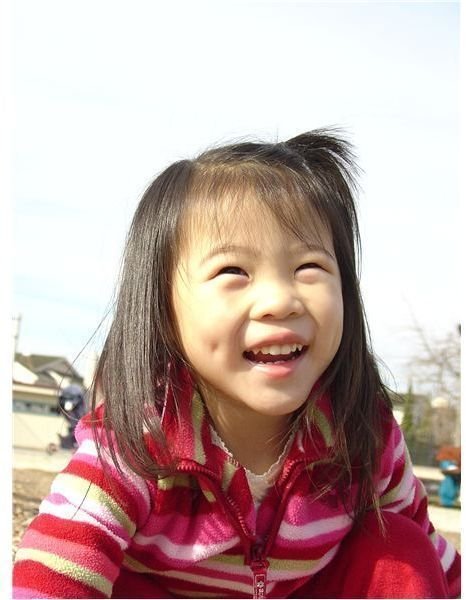What Are Dimples? The Genetics of Cheek Dimples and Chin Dimples
What Are Dimples?
Dimples can be present on both cheeks or one, and some people have them on their chin. Like all physical traits that you possess you have two genes for them. One inherited from your father and one from your mother. The way that a physical trait is expressed, and hence the way you look is a result of either a combination of dominant genes, a dominant and a recessive gene or two recessive genes.
The genetics of dimples follows a dominant pattern of inheritance, that is to say that a child only needs to inherit one dominant gene for dimples to have them. When someone talks about a gene for dimples they mean a gene or set of genes that will produce the physiological and anatomical changes that result in these skin indentations. So what are the chances that a child may inherit them?
If both parents have dimples then there’s a 50-100% chance that their child will.
If the father has dimples and the mother does not, then the child has a 25-50% chance of inheriting dimples.
If the mother has dimples and the father does not, then the child has a 25-50% chance of inheriting dimples.
If both parents don’t have dimples then their child will not, unless there is a spontaneous genetic mutation.
Anatomy of Dimples
Whilst much is known about the genetics of dimples, there has been limited research on the anatomy of dimples; how the skin and underlying muscles form these indentations. There are a number of different schools of thought.
It could be that dimples are formed because of the presence of shorter muscles near the cheeks and when they contract (when you smile) pull on the overlying skin. Others go for variations in the facial muscle known as Zygomaticus major. It starts out as a single muscle, but during development moves and becomes two. The inferior Zygomaticus major muscle is positioned above the corner of the mouth and the inferior Zygomaticus major muscle sits below the corner of the mouth. Variations in the shape and size of these two muscles could be the cause of dimples.
There’s a much easier explanation for the inheritance of a dimpled chin. It’s caused by an indentation in the jaw bone.
Photo Credit
C. Szeto -released under Creative Commons License
